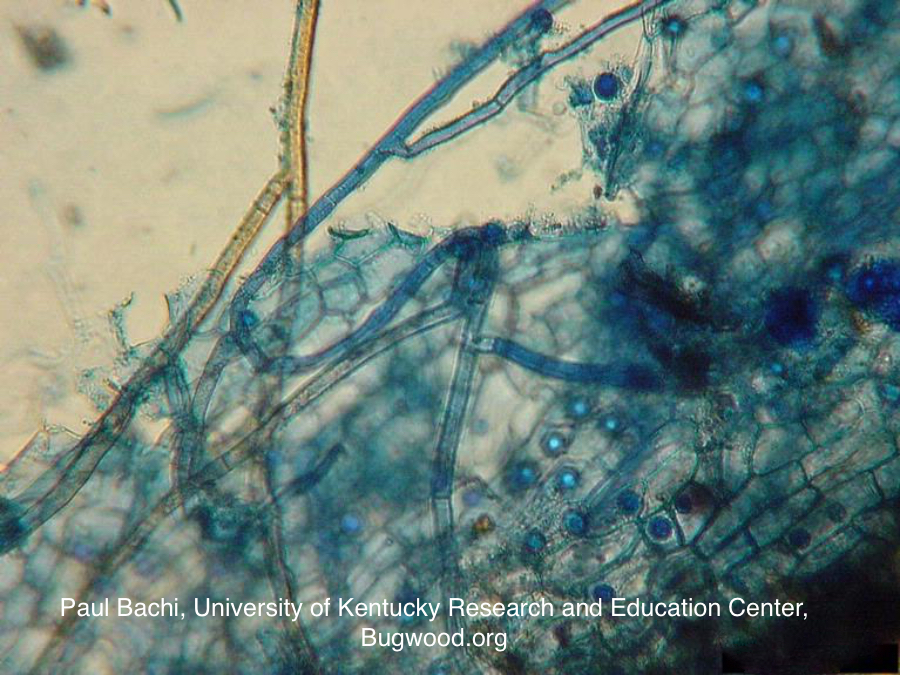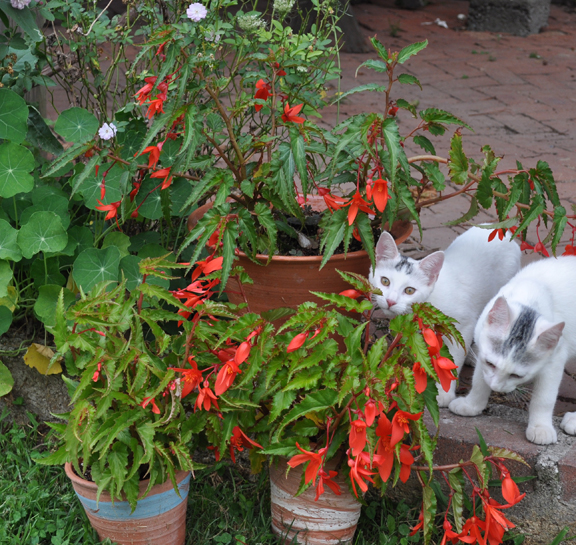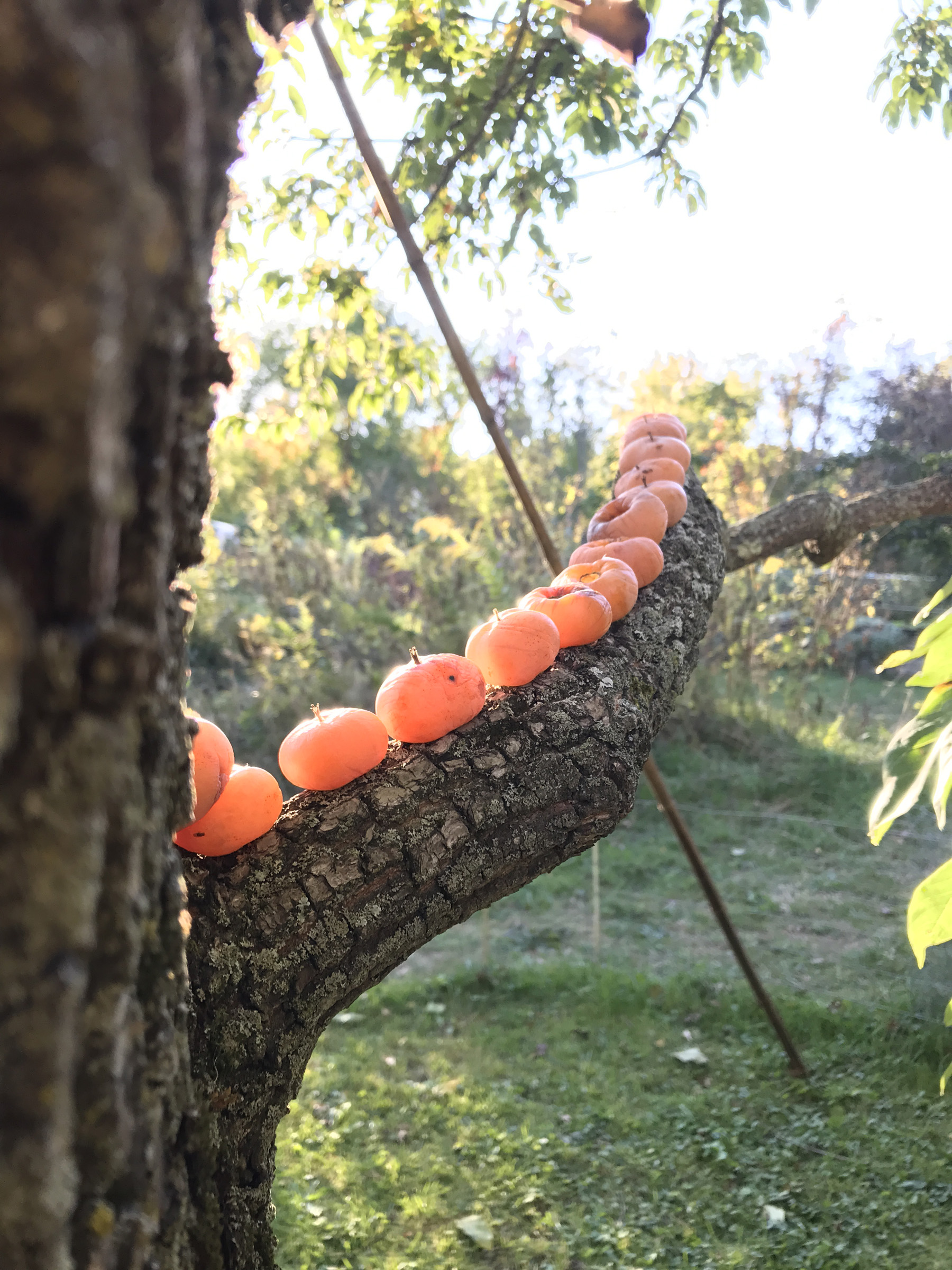DAMN-PING OFF
/0 Comments/in Pests/by Lee ReichWorse than Roman Warriors
I made my first gardening enemies decades ago, within a few weeks of starting my first garden. Not other gardeners but — and perhaps you also have crossed paths with them — with Pythium, Rhizoctonia, and Fusarium. I quickly learned that they were, or should be, hateful not only to me but to all gardeners.
Pythium, Rhizoctonia, and Fusarium are not ancient Roman warriors; they are fungi and, worse than Roman warriors, they lurk everywhere. When they, or one of them, gets the upper hand they cause damping off disease.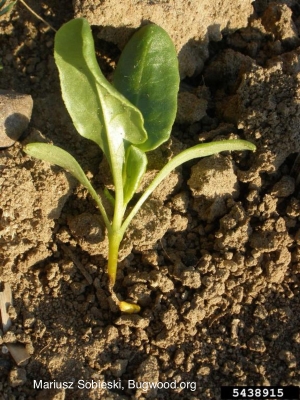
Let’s return to my first garden: At the time, decades ago, I was living in a relatively dark apartment, a converted motel room, and was eager to start my first seedlings. I sowed all sorts of seeds in peat pots, stood them in a little water, then crowded them together on all the shelf space that could be mustered.
Young sprouts never appeared in some of the pots. In others, seedlings emerged, then toppled over, their “ankles” reduced to a withered string of rotted cells unable to support the small plants physically or physiologically. Read more
IS REAL SOIL GOING TO POT?
/4 Comments/in Gardening, Soil/by Lee ReichWhat’s in Your Mix?
That potting soil that you’ve bought for your seedlings and houseplants? It probably has no REAL soil at all in it. Real soil is just too hard to obtain in reliable and uniform quantities for commercial packaging. Soilless mixes, as commercial potting soils are (or should be) called, are a mix of some kind(s) of organic materials along with some aggregate, with possible additions of fertilizer, ground limestone, and a wetting agent.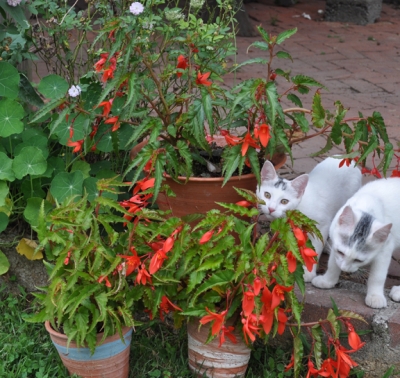
Organic materials in these mixes help sponge up water and cling to nutrients that might otherwise wash down and out of the pot. Peat moss is the organic material traditionally used in soilless mixes. Although it holds water well, it’s initially hard to wet, which is why wetting agents are sometimes added to soilless mixes. Read more
HAVE YOUR “CAKE” AND EAT IT, TOO
/7 Comments/in Design, Fruit/by Lee ReichTake a Moment for Forethought
Luscious photos now splash pages of mail-order catalogs, the web, and plant tags at local nurseries. It’s hard to remain rational about planting this time of year, and more so the colder the last winter’s climate.
What I’m suggesting is to give plantings some forethought and, rather than looking for either ornamental or edible trees and shrubs, considering plants that fulfill both functions. That is, trees and shrubs that earn their keep year-‘round with leaves that remain lush and verdant all summer, then light up with fall color, and, of course, bear fruit, and perhaps unfold with eye-catching blossoms in spring.

Persimmons ripening
Lots of trees and shrubs fill this bill, but here I’d like to restrict consideration to fruits that I would pop into my mouth right out in the garden; doctoring up as jam or in a pie is not obligatory. Read more

